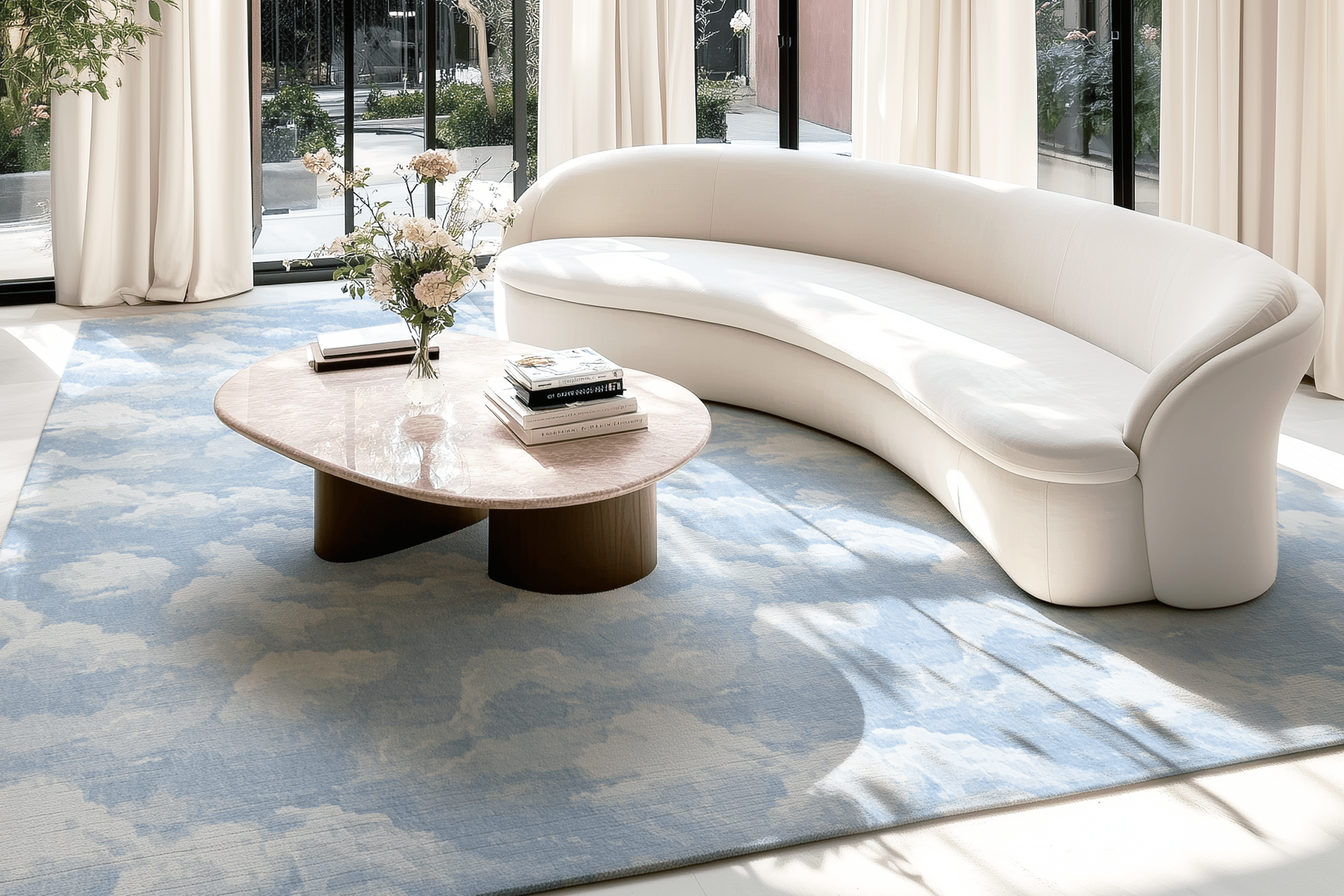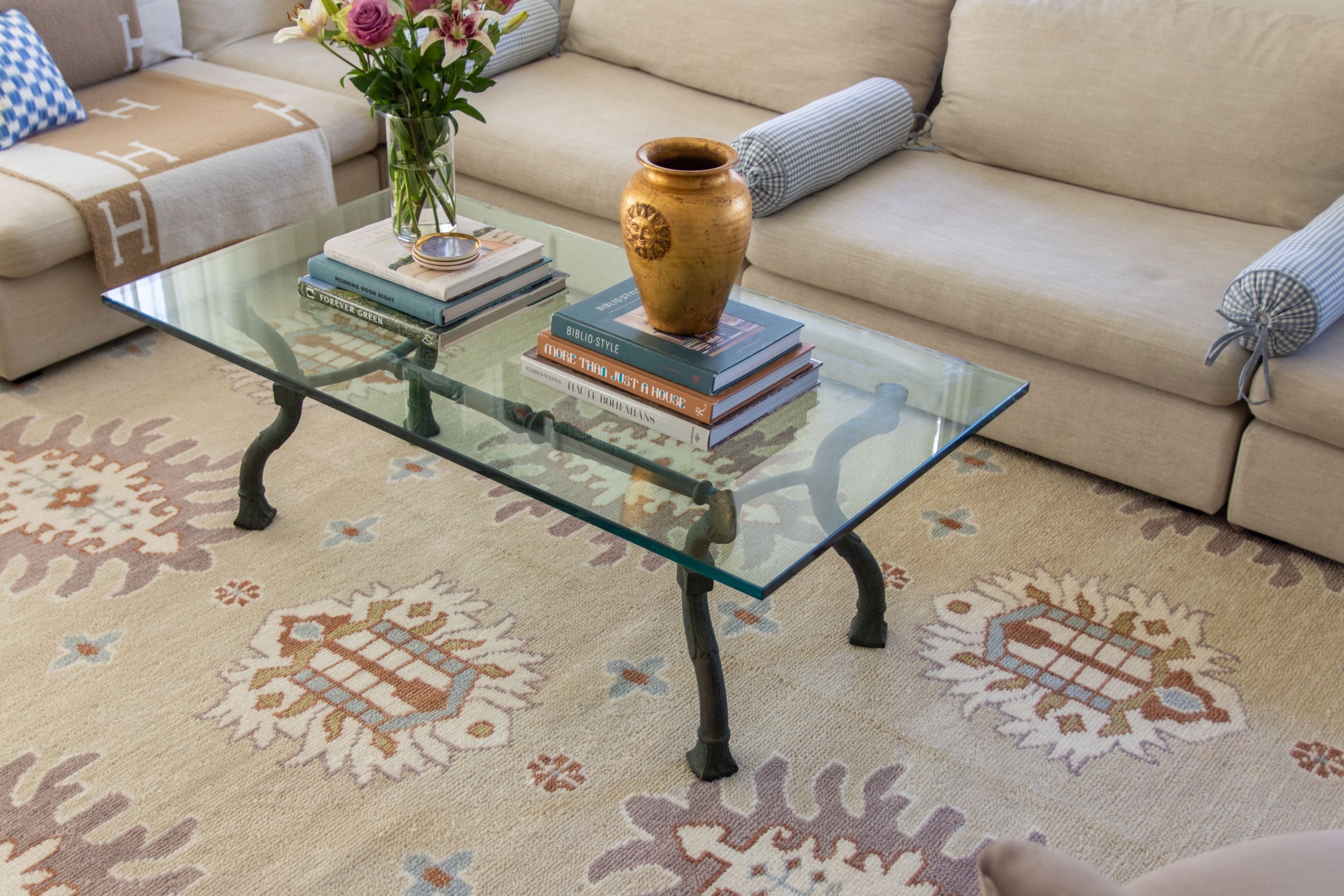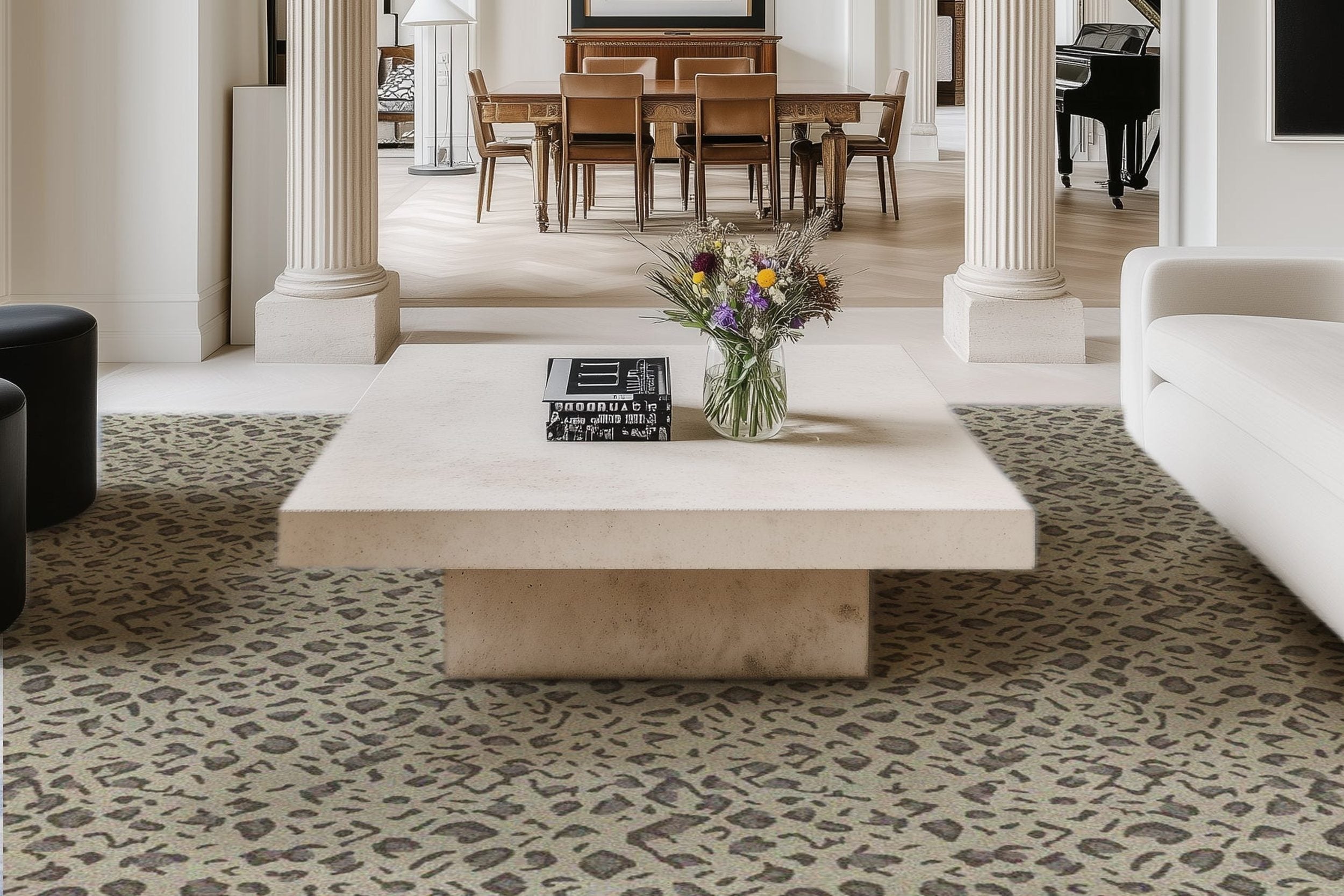How to Use a DTF Printer to Decorate Your Home
 When people hear “DTF printer,” most think of custom t-shirts or hoodies. But here’s a little secret: your DTF printer can do so much more. It can actually help you transform your home into a space that’s truly yours—cozy, colorful, and full of personality. Whether it’s custom throw pillows, festive kitchen linens, or even bold wall art, Direct-to-Film printing opens up endless possibilities for home décor.
When people hear “DTF printer,” most think of custom t-shirts or hoodies. But here’s a little secret: your DTF printer can do so much more. It can actually help you transform your home into a space that’s truly yours—cozy, colorful, and full of personality. Whether it’s custom throw pillows, festive kitchen linens, or even bold wall art, Direct-to-Film printing opens up endless possibilities for home décor.
And the best part? You don’t need a giant workshop or professional setup. With the right DTF printer, like the Huedrift One or Huedrift Pro, you can get started right from your living room or home office.
What You Need to Get Started
Before you dive into decorating, make sure you’ve got the essentials ready:
-
DTF Printer: For home projects, Huedrift One is compact and beginner-friendly, while Huedrift Pro is perfect if you want to print more often or handle slightly larger designs.
-
DTF Films: These special sheets hold your printed designs.
-
DTF Inks: CMYK + White for vibrant results on light or dark surfaces.
-
Adhesive Powder: This helps your design bond to the fabric.
-
Heat Press or Iron: A heat press gives the best results, but you can start with an iron for small projects.
- Blank items to decorate: pillow covers, curtains, tote bags, wall hangings, aprons, or even lampshades.
- Design software: Photoshop, Illustrator, or even Canva works just fine.
Pick the Right Designs
Here’s where the fun begins. Think about your home’s style:
- Minimal and modern? Go for simple patterns, geometric shapes, or neutral typography.
- Cozy and warm? Try florals, hand-drawn doodles, or seasonal prints.
- Playful and bold? Use bright colors, funky graphics, or even family photos.
Remember: scale matters. Small, repeating patterns look great on placemats, while big, bold prints work better on curtains or pillowcases.
Printing and Transferring Your Design
Here’s the process in a nutshell:
-
Prepare your design – Use high-resolution images (300 DPI) and save them as PNG or TIFF for clean edges.
-
Print on film – Load the DTF film (matte side facing the print head), and print CMYK first, then the white ink layer.
-
Apply adhesive powder – Sprinkle evenly while the ink is still wet, then shake off the extra.
-
Cure the film – Use a heat press or oven to cure the powder so it bonds properly.
-
Transfer to fabric – Place the film on your pillow, tote bag, or curtain, then press it with heat. Peel the film (hot or cold, depending on the film), and you’re done!
With a little practice, this process becomes second nature.
Creative Ideas for Every Room
Here are some fun ways to use DTF printing around the house:
-
Living Room: Print custom throw pillow covers, cozy blankets, or even framed wall art panels.
-
Kitchen & Dining: Add flair with printed aprons, oven mitts, tea towels, placemats, or table runners.
-
Bedroom: Personalize pillowcases, duvet covers, or curtains with calming designs or bold statements.
-
Kids’ Room: Make playful wall hangings, toy storage bags, or fun bedding sets.
-
Seasonal Décor: Holiday banners, custom stockings, or themed cushions that change with the seasons.
Why Huedrift Printers Are Perfect for Home Décor
Not all printers are created equal, and for home projects, you’ll want something reliable, easy to use, and compact. That’s where Huedrift printers shine.
-
Huedrift One: A great starter printer for beginners or hobbyists. It doesn’t take up much space and makes the process super approachable.
-
Huedrift Pro: Ideal if you plan to print more often or need slightly bigger designs. Its stable white ink circulation system ensures every print looks consistent and professional.
Both deliver vibrant, long-lasting results that will make your home décor projects look like they came straight from a boutique.
Tips for Long-Lasting Results
- Wash fabric items inside out to preserve color.
- Always cure your film properly—don’t rush this step.
- Keep your printer maintained, especially the white ink system, for smooth operation.
- Store films, powders, and inks in a dry, cool place to avoid damage.
Wrapping It Up
DTF printing isn’t just for clothing—it’s a creative tool to make your home feel more personal and stylish. From custom pillows to festive kitchen linens, the possibilities are endless when you’ve got the right equipment.
So if you’ve been looking for a way to bring your designs into your everyday living space, now’s the perfect time to start. With Huedrift DTF printers, decorating your home has never been easier—or more fun.
FAQ: Using DTF Printers for Home Décor
Q1: Can I use any fabric for DTF printing at home?
Yes, DTF printing works on almost any type of fabric—cotton, polyester, blends, even darker materials. Just make sure the surface is smooth and heat-resistant for the best results.
Q2: Do I need a professional heat press, or can I use a regular iron?
A heat press is recommended for consistent pressure and temperature, but if you’re just experimenting, a household iron can work for small projects like tote bags or pillow covers.
Q3: How durable are DTF prints on home décor items?
When applied and cured correctly, DTF prints are highly durable. For fabric items like pillowcases or tablecloths, washing them inside out and using gentle cycles helps keep colors vibrant for years.
Q4: Is it hard to maintain a DTF printer at home?
Not at all. Regular nozzle checks, occasional cleaning, and keeping white ink circulating are the main steps. Huedrift printers are designed with easy maintenance in mind, making them beginner-friendly.
Q5: What’s the difference between Huedrift One and Huedrift Pro?
-
Huedrift One: Compact, affordable, and great for beginners or casual projects.
-
Huedrift Pro: Larger, faster, and more stable for frequent or bigger home décor projects.
Both deliver professional-quality prints—you just pick the one that fits your home setup and goals.
Q6: Can I print photos to decorate my home?
Absolutely! High-resolution photos can be printed onto pillow covers, wall hangings, or even blankets. Just make sure the image is at least 300 DPI for sharp results.
Q7: Do I need special software to create designs?
You don’t need anything fancy—Photoshop, Illustrator, or even free tools like Canva are more than enough. The key is saving your designs in PNG or TIFF with transparent backgrounds.
Browse by Category

Design Projects
Explore interiors from client work and personal renovations — layered, livable, and always in progress.
read more →
Collaborations
From product launches to styled spaces, discover the brand stories I’ve helped bring to life.
read more →
The Notebook
A growing archive of iconic designers, inspiring artists, and unforgettable design moments.
read more →
Travel by Design
Wander with a designer’s eye — from charming hotels and city guides to visual inspiration abroad.
read more →




